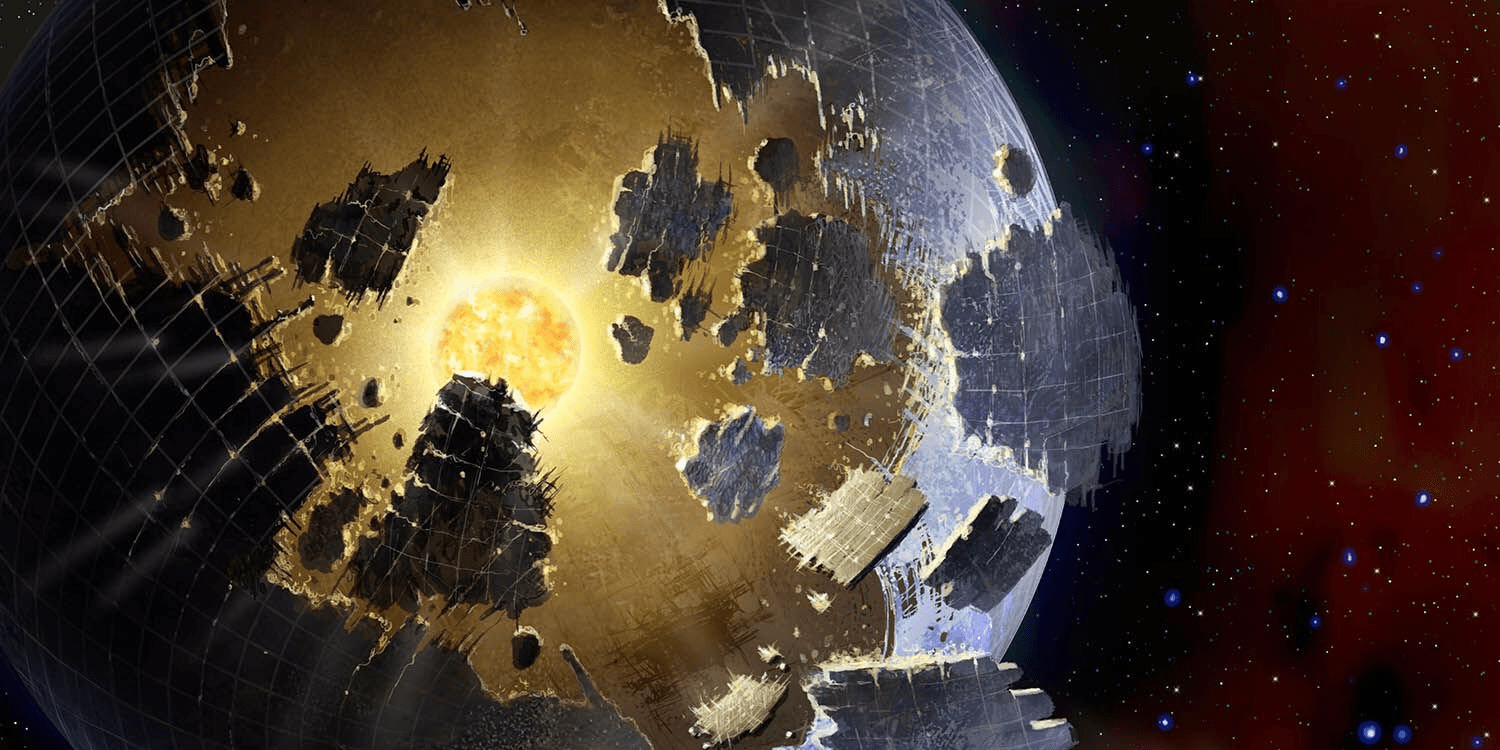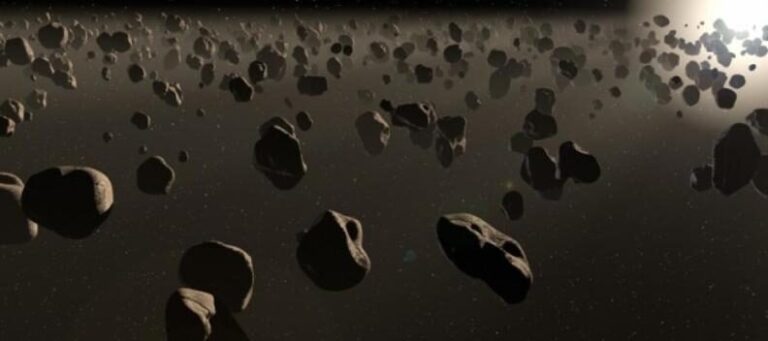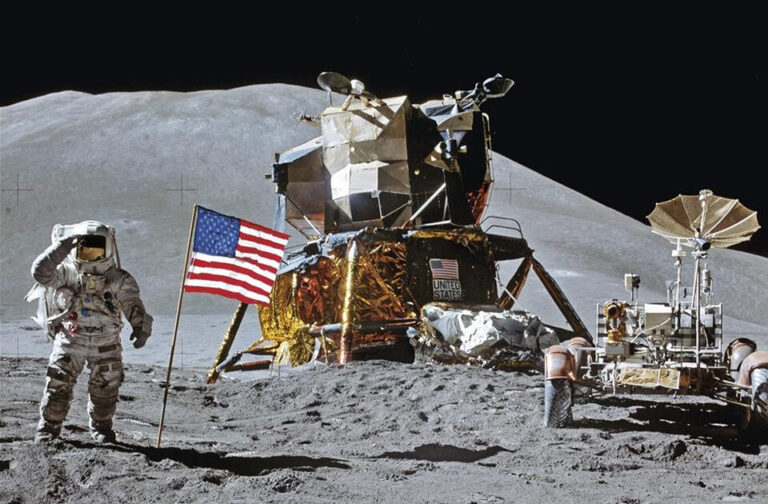Astronomers Solve Alien Megastructure Mystery

Also Check: Interview with NASA Astronaut Jessica Meir
A strange buzz was felt within the scientific and astronomical community in October of 2015 when scientists working on NASA’s Kepler Mission announced they’d found an unusual dimming pattern in a star. Wild theories were thrown around with many suggesting that it simply had to be an ‘alien megastructure’ where advanced aliens were using technology to harness the energy from the star.
Unfortunately for extra-terrestrial hunters, a new study has revealed that the odd dimming is almost certainly caused by the star consuming a planet. The paper is due to be published by the Royal Astronomical Society and might finally put to bed the rumors that we’ve found an alien megastructure. This theory of an alien megastructure harnessing the stars energy is known as the Dyson Sphere.
The renowned physicist, Freeman Dyson, claimed in the 1960’s that advanced alien civilizations would require phenomenal amounts of energy to power their ships and planets. The most efficient way, her claimed, would be to build a structure around the star that harnesses as much of the energy as possible. He stated that the structure would star small and the grow bigger.

The researchers from the University of California, Berkley, and Columbia University have stated that if the star consumed a nearby planet, it would have required a great deal of energy to be spent and the star would need some time to recover to its original state. The debris of the destroyed world would also be passing in front of the star causing a dimming effect.
The star involved is known as Tabby’s Star, or KIC 8462852, and scientists recorded drops in energy output of 15% and 22%. This kind of cosmic change hadn’t been recorded before and conclusions were quickly jumped to. Many astronomers warned that this probably wasn’t an alien megastructure and we were probably getting excited over nothing.
The study tried to use several methods of observation, including the Kozai Mechanism, which uses orbital eccentricity and inclination. They found that the star probably consumed multiple planets in the past, judging from the changes in orbit. These would have also caused the momentary dips in brightness and they think that the star probably ingested a planet the size of Jupiter for the dimming to have occurred in this way.
“We estimated that if Tabby’s star were representative, something like 10 Jupiter’s would have to fall into a typical star over its lifetime, or maybe even more. These transits only last a few days, so when we see one, we have to alert all the telescopes and basically point every telescope we have at Tabby’s star. This paper puts a merger scenario on the table in a credible way. I think this moves it into the top tier of explanations.” James Wright – Researcher
If these studies are confirmed, as expected, they could have a profound effect on the way we view stellar appetites. We know that stars will sometimes consume planets but the causes aren’t always clear. It is also slightly disappointing that it isn’t an alien megastructure as that would have been far cooler than a greedy, planet-munching star.
Check out my Facebook Page for more.





